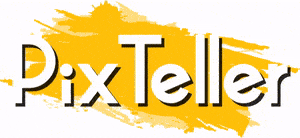10 Ways Ecommerce Brands can Incorporate Visual Content Marketing
Is it essential to make your products stand out?
According to a PowerReviews study, 72 percent of customers regularly seek out visual content first before making a purchase. Therefore, if you're planning to make an e-commerce website or already have one, it plays a crucial role in building trust and influencing your customers' behavior.
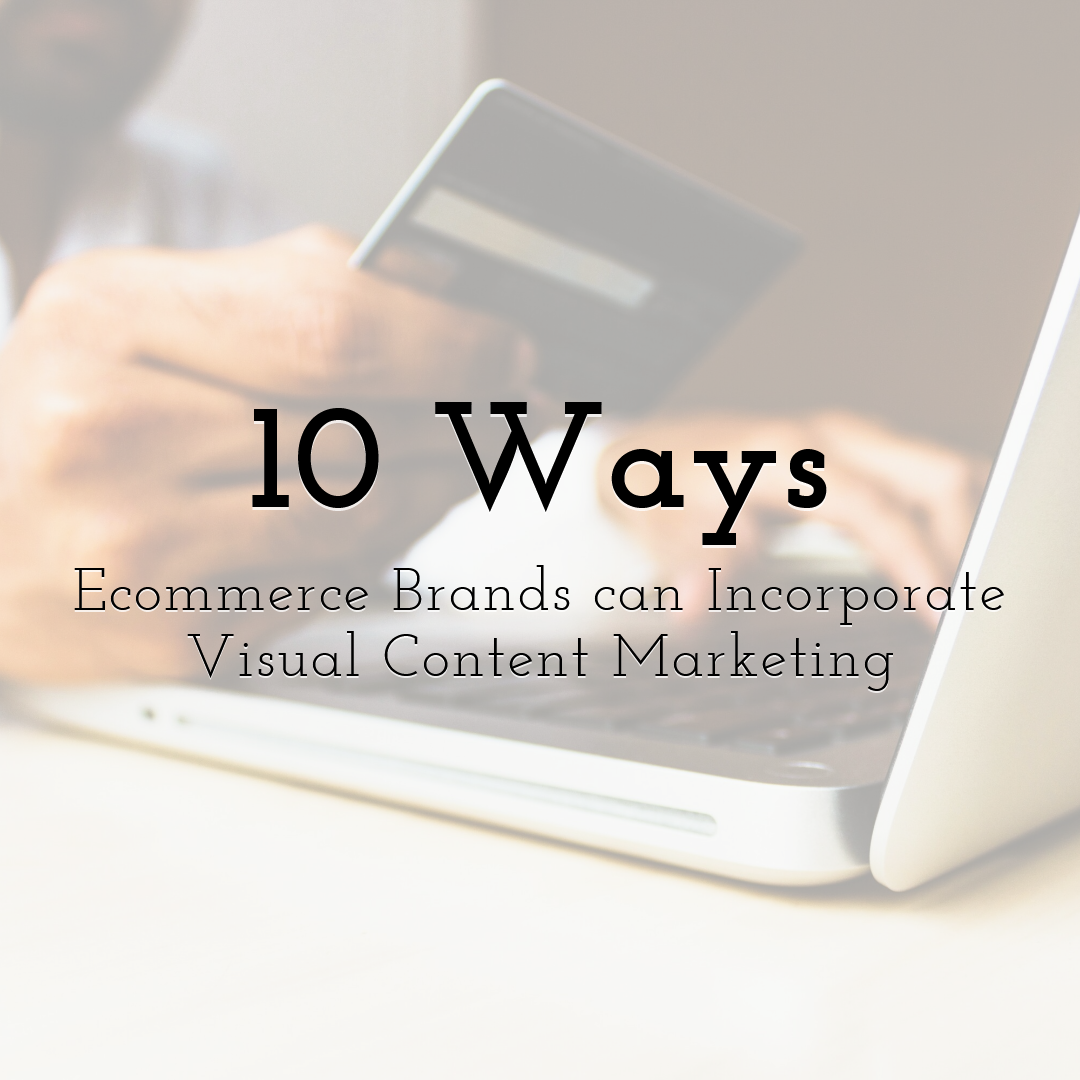 Make your own images & animations with PixTeller
Make your own images & animations with PixTeller
Here are the ten ways of how e-commerce brands can incorporate visual content marketing:
-
1. Identify your audience

Before anything else, you need to know first who your audience is. If you don't understand them, then your content or what you're putting out won't matter.
Ask yourself these questions:
- • Who are you trying to reach?
- • What type of content would your audience like to consume?
- • What level of knowledge does your audience currently have?
For you to resonate with your audience, and try to get inside their minds, ask yourself these questions first. This will help you with your content ideation down the road.
-
2. Specify your goal

The next thing that you need to do is to specify what your goals are. You need to know:
- • Why do you want to use visual content in your current marketing strategy?
- • How will visual content help you?
- • What do you want to achieve with your visual content strategy?
Here are some possible answers you can come up with:
- • Educate your readers
- • Boost engagement
- • Promote your brand
- • Enhance your products and services
- • Bring in more leads
Analyze your current marketing strategy, measure the content you've created before, and how it impacted your previous marketing strategy.
Did it manage to bring in more views, likes, shares, or profits? You can use a tool like Google Analytics to evaluate.
-
3. Build your visual language
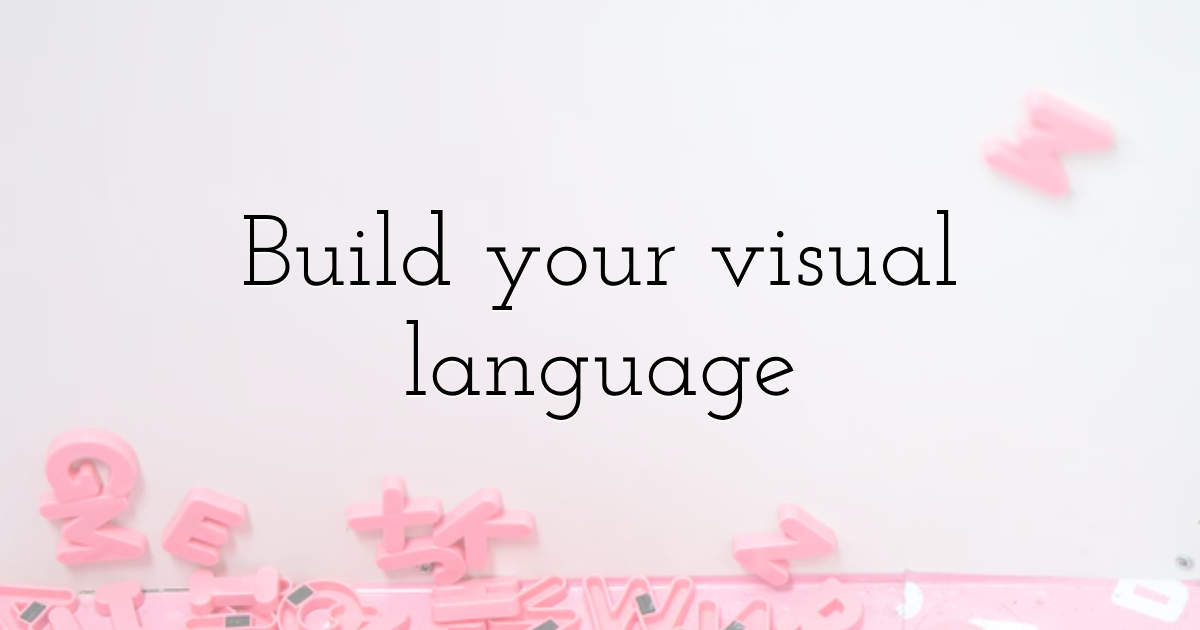
Having a powerful visual language will help you communicate your story, as much as you want to write. According to a study, almost 65% of senior marketing executives believe that visuals are the core of how their brand story is communicated.
Your fonts, logos, illustration styles, and color palettes ‒ all of these elements make a strong impression on your audience. XXX
Another research has shown that companies who tend to place design first have a better bottom line.
So, your visual language is essential when it comes to your visual content marketing, as it will make your brand stand out from the rest of your competitors. It will also make a more cohesive look and build credibility and trust between your e-commerce and your audience.
-
4. Share your brand's story

A good brand story is always multidimensional. It communicates to your audience who you are, what you do, and how your products can help them in their daily lives.
You can use your story to communicate with your audience in either small or big ways. It could be a helpful tip that you came up with on social media. It could be an infographic that seeks to educate. It could also be an interactive tool that allows your audience to solve a problem.
Regardless, your visual content strategy should be there to support and reflect on what you and your brand are all about. At the end of the day, every piece of content that you create should be serving a much larger goal. Therefore, telling your brand story here is essential.
-
5. Utilize different visual content
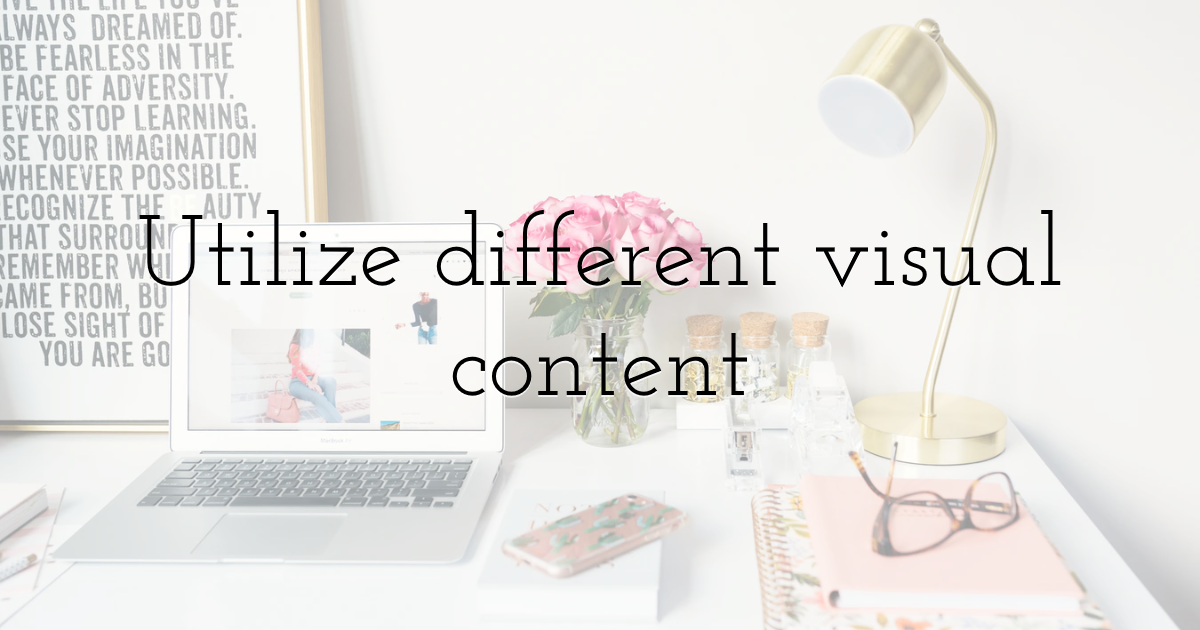
A lot of marketers think that images are the only visual element that they can incorporate alongside texts. But now, it's easier to incorporate different kinds of visual content, providing you with more options, no matter what your budget is.
This means that you can use a variety of visual elements which include:
- • Stock images
- • Custom images
- • Infographics
- • 3D images and graphs
- • Cartoons
- • Memes
- • Embedded tweets or photos and videos on Facebook and Instagram
Incorporating these visuals makes your content much more interesting, but it also provides you with the opportunity to share it on different platforms and boost your overall engagement.
Apart from that, you should also use your visual content to make your site look updated without doing a significant change.
-
6. Leverage social media
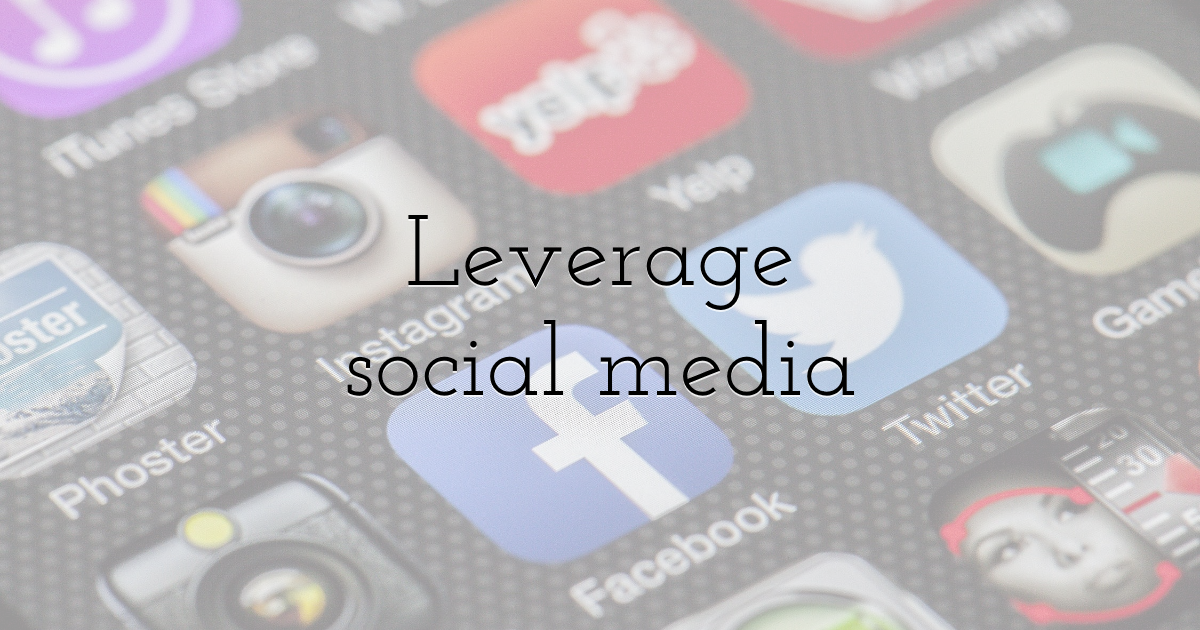
Social media is one of the best platforms that gets the best results with your visual content.
Instagram, Pinterest, Slide Share, and YouTube are just a couple of visual platforms that increase engagement with visual content.
These platforms allow you to share a wide range of content, allowing you to engage with various target audiences.
-
7. Optimize mobile visual content
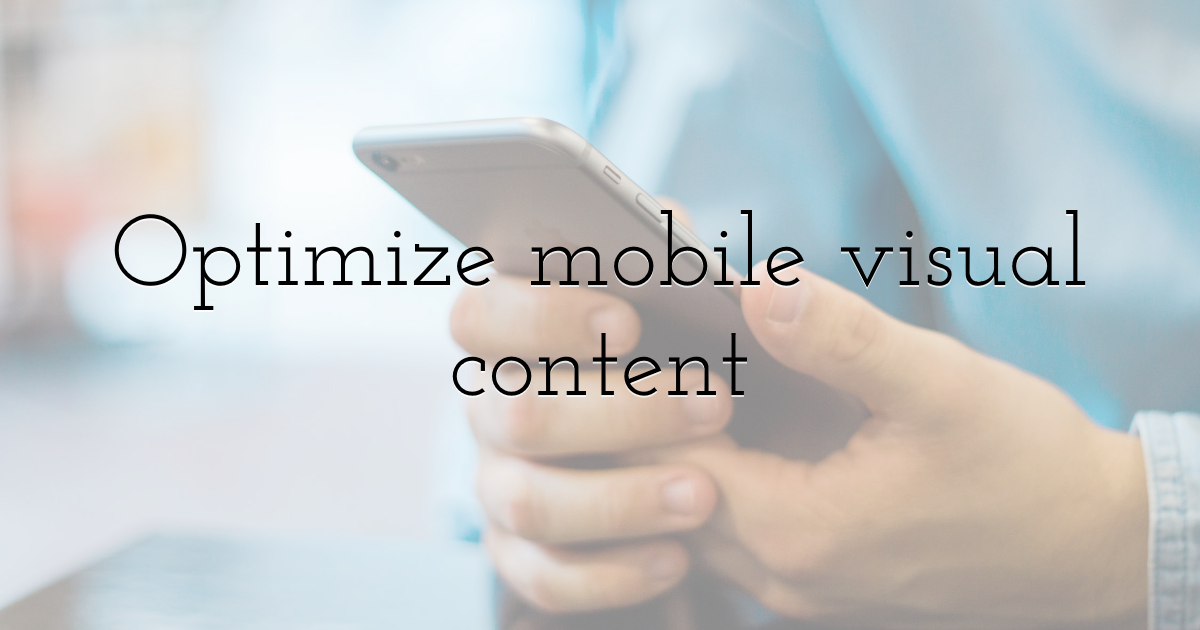
According to a report, 21 percent of retailers' online revenues come from smartphones and other mobile devices. It's because a lot of mobile users access content even if they're on the go.
Ideally, you want your target customers to quickly scan through your content, as you provide a seamless user experience to them before they lose their attention.
-
8. Take advantage of UGC

It would help if you also took advantage of user-generated content (UGC) to your visual content marketing strategy. This includes social media posts, images, videos, testimonials, comments, and so on.
This form of content is made by users themselves, making it much more trustworthy in your prospective customers' eyes.
-
9. Make "shoppable" visual content
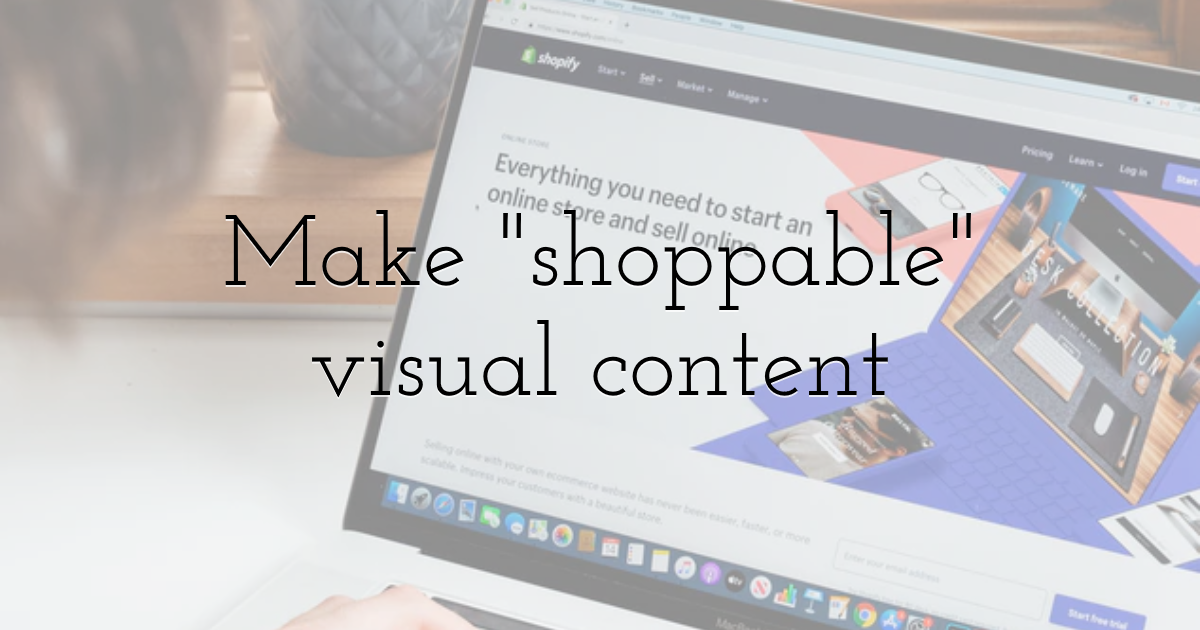
When you make your videos and images much more shoppable, you're making it so much easier for a user to purchase your products. Your prospects won't be taking additional steps, which might cause them to end up frustrated and abandon the entire purchase altogether.
-
10. Have a content distribution strategy

Even if you have the best content out there, if no one will see it, you're just wasting your time and energy.
Fortunately, there are a lot of content distribution channels out there. So, choose the best channels that are based on your budget and goals.
When choosing which outlet to use, consider the kind of audience it reaches and the content format it supports.
Ideally, it would help if you came up with a solid plan for the following channels:
- • Owned: Social media business accounts, e-commerce sites, newsletters, and so on.
- • Earned: Influencers, significant publications.
- • Paid: Sponsored posts or content.
Ready to Embrace Visual Content?
If you are serious about creating an e-commerce brand or a product that stands out from the rest of the pack, it is more important to create compelling visual content.
Hopefully, you can incorporate these tips into your own visual content marketing campaign.
Until next time, Be creative! - Pix'sTory made by Jake Rheude
Jake Rheude is the Director of Marketing at Red Stag Fulfillment, a trusted provider of 3PL fulfillment services. He has years of experience in eCommerce and business development. In his free time, Jake enjoys reading about business and sharing his own experience with others.
Recommended posts
-
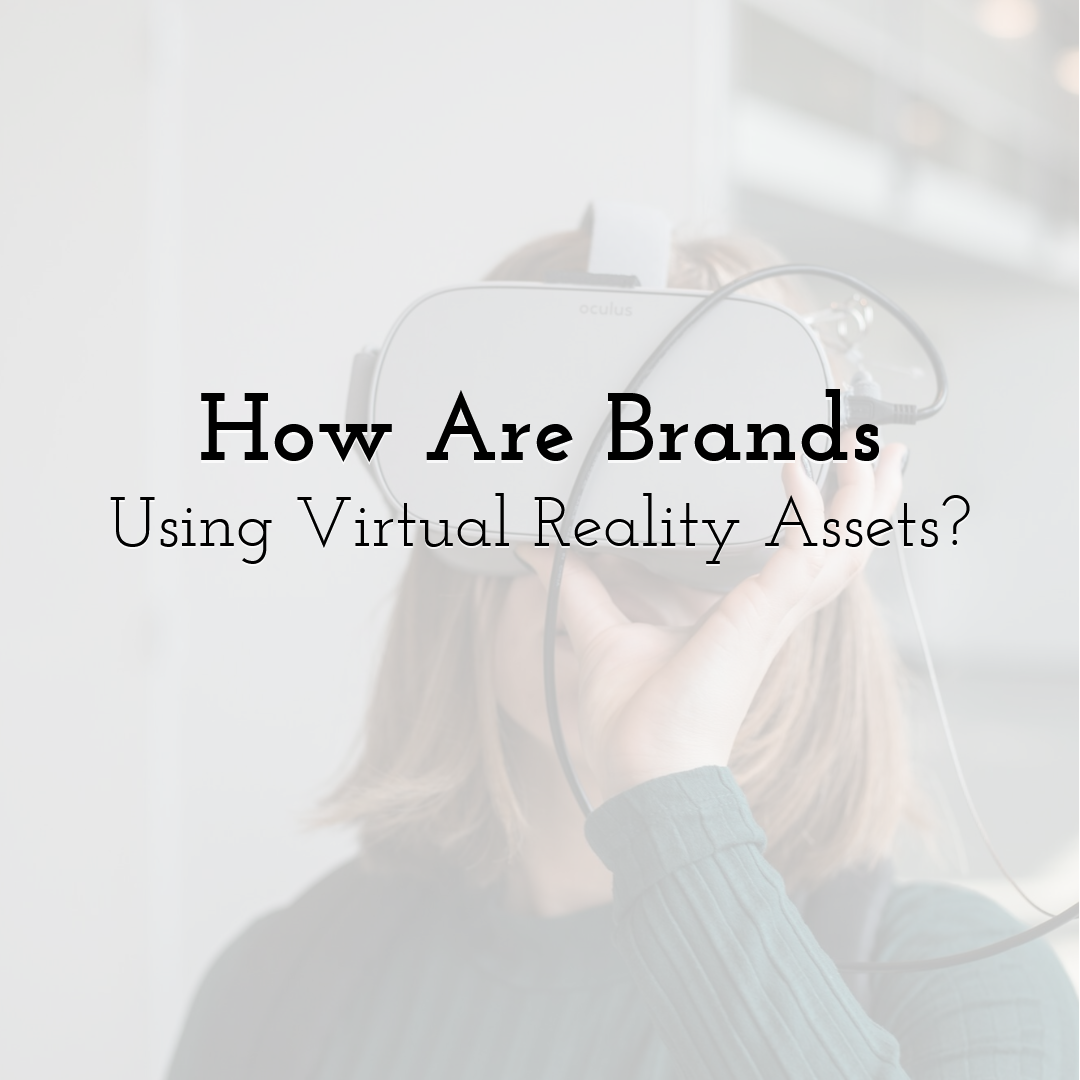
How Are Brands Using Virtual Reality Assets?
Read More › -
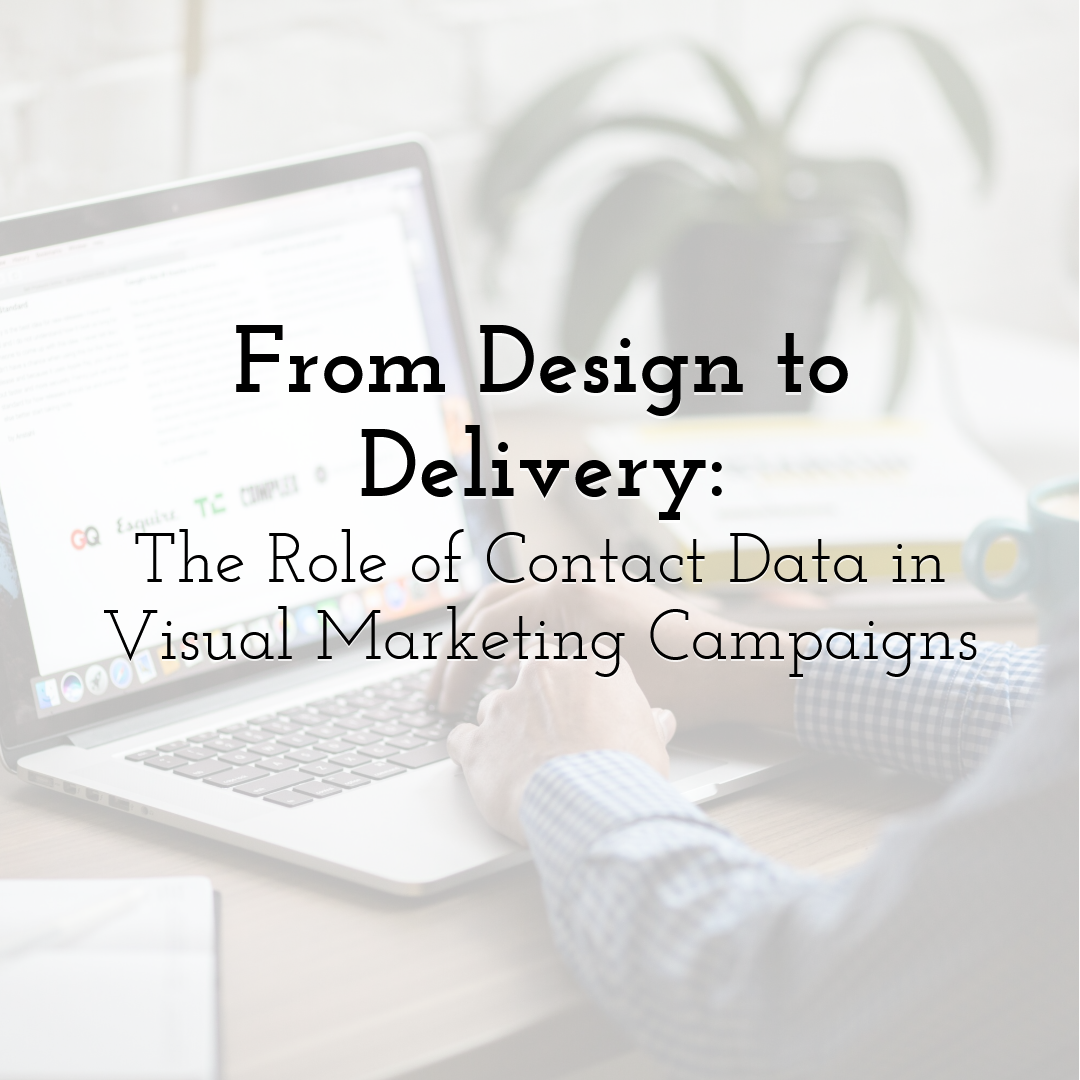
From Design to Delivery: The Role of Contact Data in Visual Marketing Cam...
Read More › -
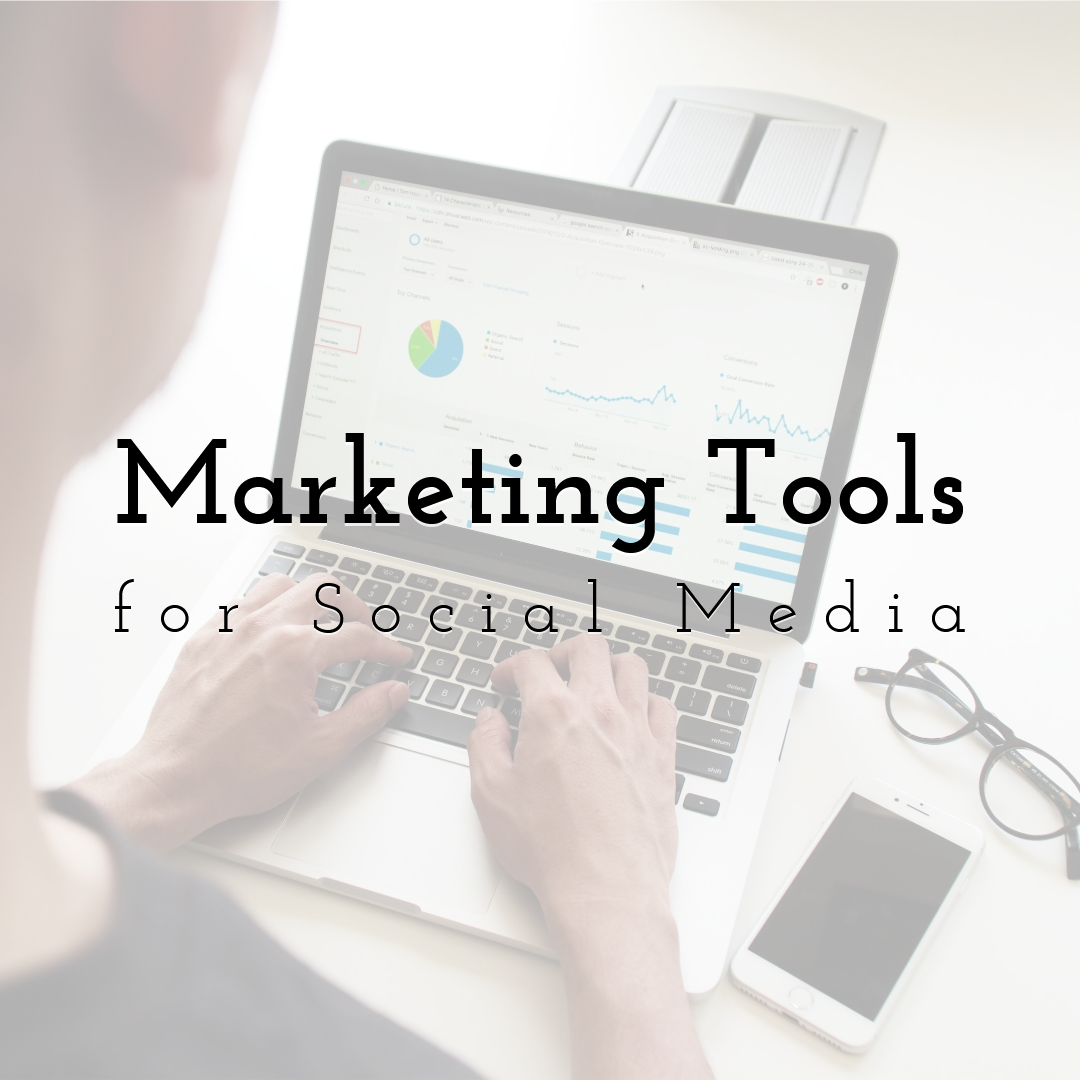
Best Proven Marketing Tools for Social Media in 2020
Read More › -

Best Tools & Services each Online Business Should Use
Read More › -
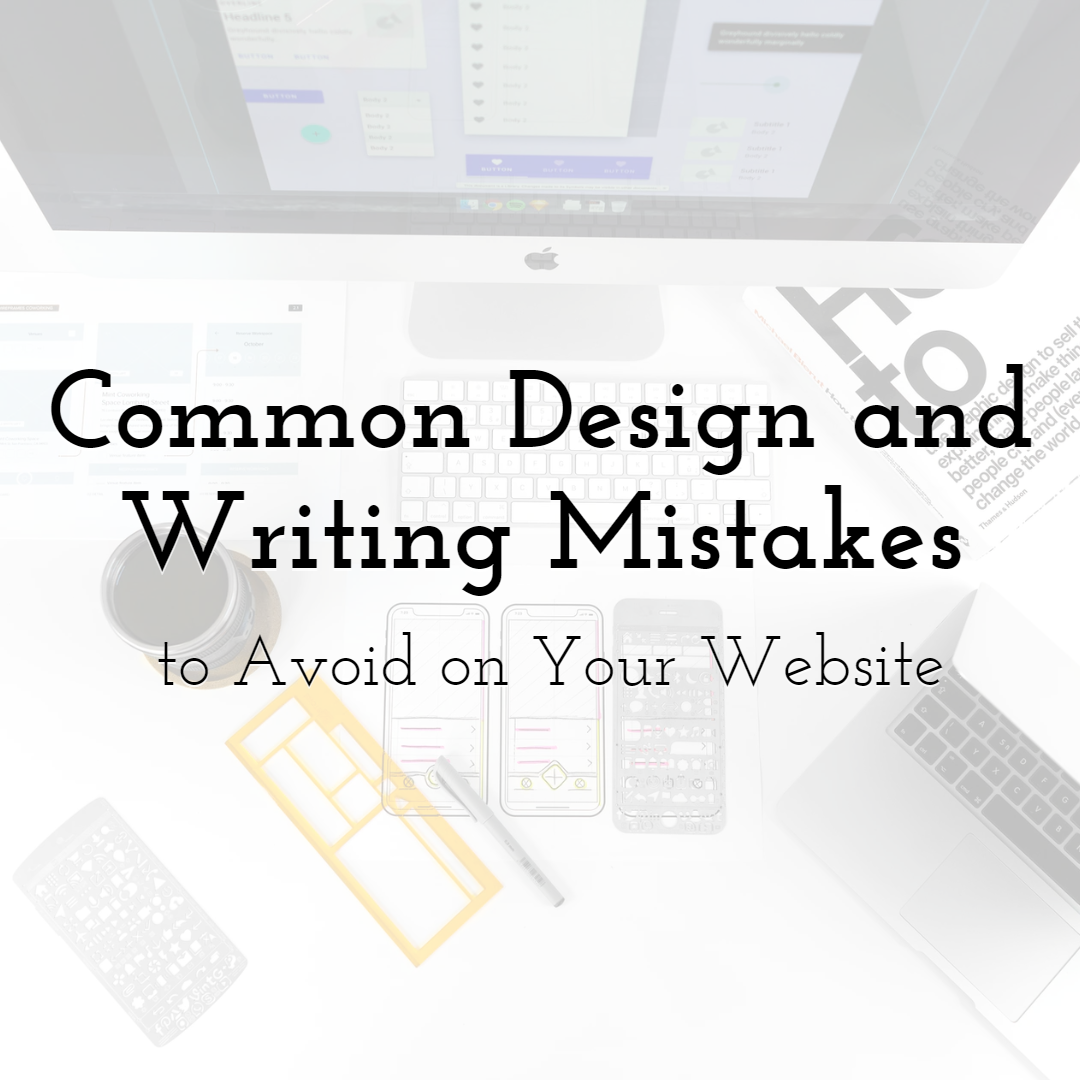
Common Design and Writing Mistakes to Avoid on Your Website
Read More › -

How to Make the Most Out of Digital Coupons and Offers in 2021
Read More ›
